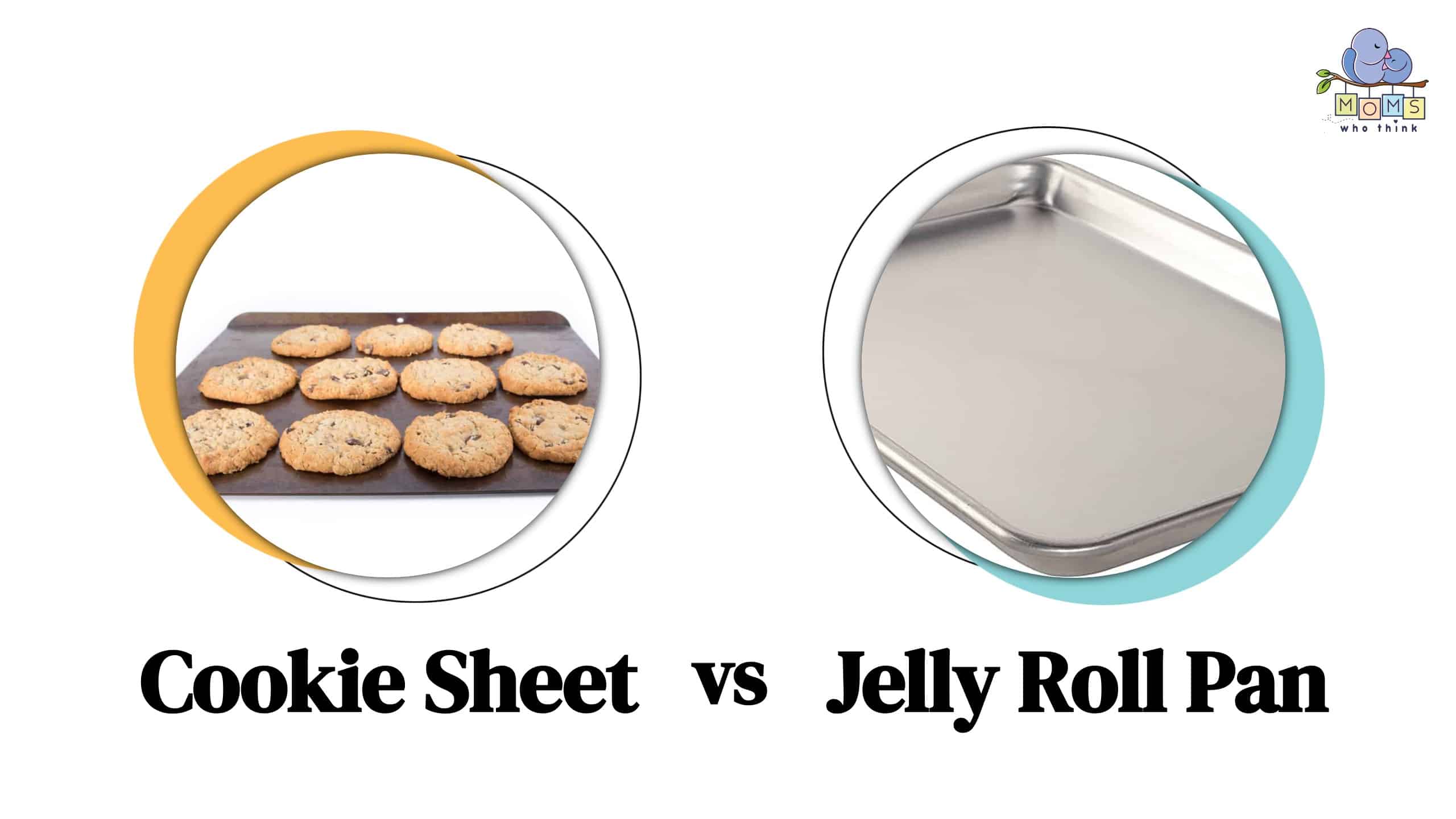Baking is an art that requires the right tools to get the best results. The jelly roll pan and the cookie sheet are two of the most popular baking tools. Many often confuse these pans with one another, but both have distinctive differences in size, depth, material, and usage. In this article, we will explore the differences between the jelly roll pan vs. cookie sheet, and help you to choose the right one for your baking needs.
Understanding the Difference Between Jelly Roll Pan and Cookie Sheet
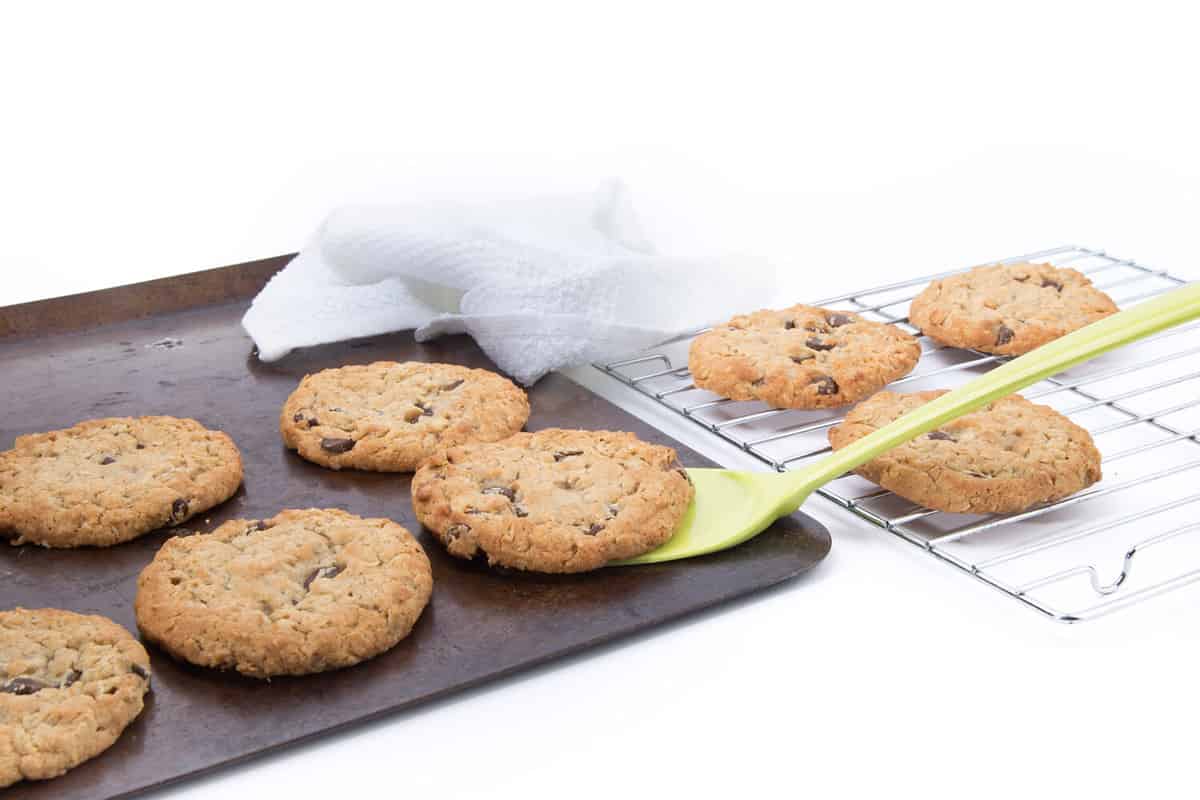
.
©Toasted Pictures/Shutterstock.com
The primary difference between jelly roll pans and cookie sheets is that jelly roll pans have raised edges whereas cookie sheets have no edges. This makes jelly roll pans ideal for baking thin, even layers of cake or pastry, like the sponge cake used in a jelly roll, or for roasting vegetables.
The lack of edges on cookie sheets creates a slide-off surface that's ideal for baking cookies and other individual pieces. However, this lack of an edge means any recipe where batter or juices could run off the side shouldn't use a cookie sheet. Let's dive into the details of these two kitchen tools!
The History of Jelly Roll Pan and Cookie Sheet
Jelly roll pans and cookie sheets have been kitchen staples for many years. Jelly roll pans, or sheet pans, were first for baking jelly rolls, which are thin cakes spread with jelly and rolled up to create a cylindrical shape. Over time, jelly roll pans have become a versatile tool for baking everything from cookies and pastries to roasted vegetables and meats. On the other hand, cookie sheets were created specifically for baking cookies. These flat, rectangular pans come in various sizes and are perfect for baking everything from chocolate chip cookies to oatmeal raisin cookies.
What Is a Jelly Roll Pan?
Jelly roll pans are rectangular pans with a flat bottom and raised edges that are typically one inch in height. They come in various sizes, the most common size being 10×15 inches, are made from different materials such as aluminum and stainless steel, and either are with or without non-stick coatings. Jelly roll pans are versatile, which makes them great for baking everything from cookies and cakes to roasting vegetables and meats. Their raised edges make them ideal for containing liquids, preventing spills and drips.
What Is a Cookie Sheet?
Cookie sheets, also known as baking sheets, are flat and rectangular pans that come in various sizes, the most common being 13×18 inches. They are typically made from stainless steel, aluminum, stainless or non-stick coatings. Since cookie sheets have a flat bottom and no raised edges, they are perfect for baking cookies that need to spread out, like chocolate chip or sugar cookies. They are also great for baking bread rolls and pastries.
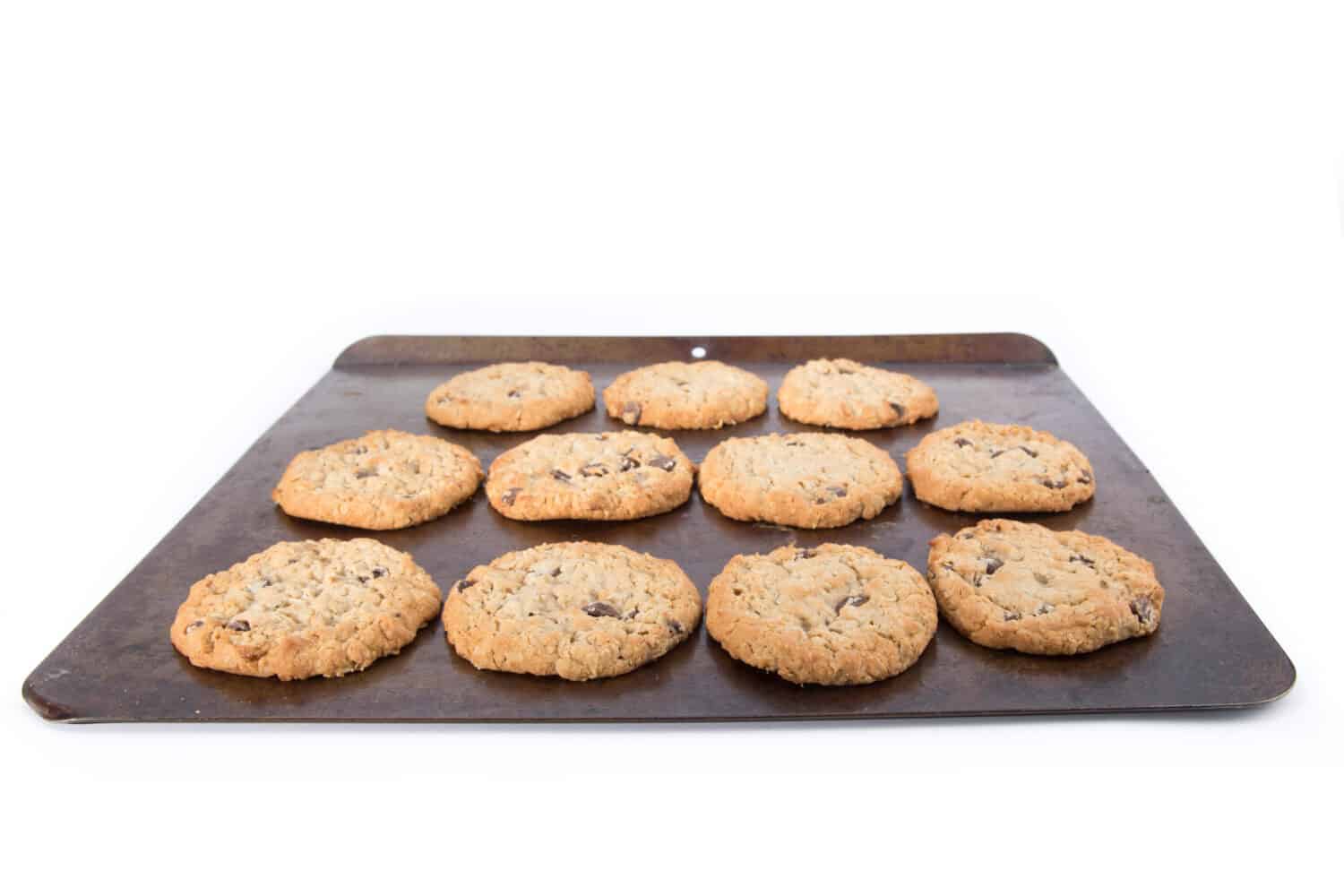
©Toasted Pictures/Shutterstock.com
Different Depths of Jelly Roll Pans and Cookie Sheets
Jelly roll pans and cookie sheets typically come in a standard depth of one inch. However, there are different depths available for both pans. Jelly roll pans are available in various depths, ranging from half an inch to two inches. Cookie sheets can also come in different depths but typically range from 1/2 inch to 1 inch.
Material: How Material Can Affect Baking and Cooking Outcomes
Aluminum jelly roll pans are the most common and affordable option. They are lightweight, conduct heat well, and are easy to clean. However, they can warp over time and may not last as long as other materials.
Stainless steel cookie sheets are durable, non-reactive, and easy to clean. They also do not warp, making them a great long-term investment. However, they do not conduct heat as well as aluminum, which may affect baking times.
Other material options for both jelly roll pans and cookie sheets include non-stick coatings, silicone, and glass. Non-stick coatings prevent food from sticking to the pan but can scratch easily. Silicone is flexible and easy to store, but can be difficult to clean. Glass pans can produce crisp crusts but can take longer to heat up and cool down.
What Is Each Type of Pan Best Suited For?
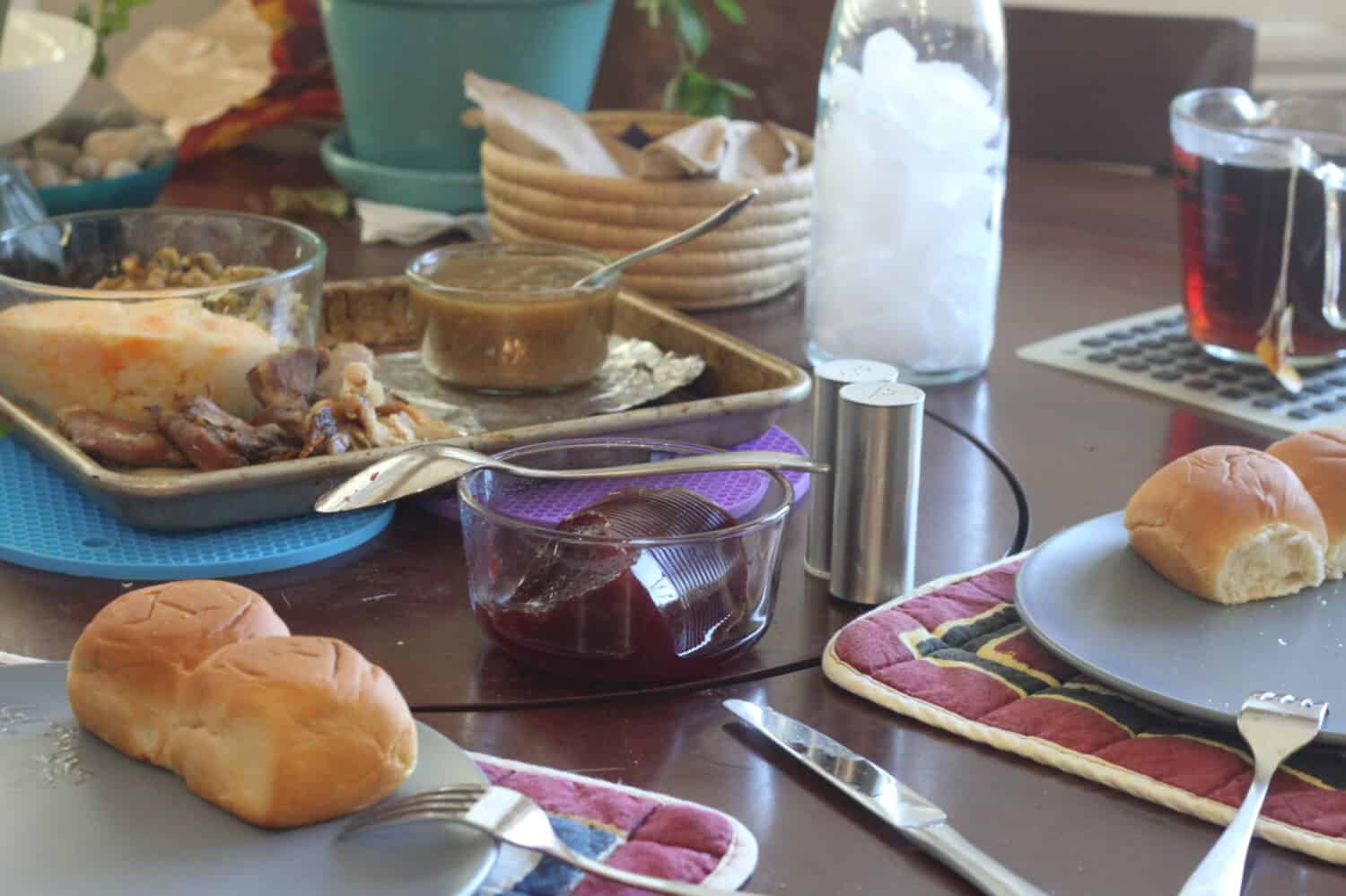
©Nature's Charm/Shutterstock.com
Jelly roll pans are versatile and good for a variety of baking dishes, such as baking cookies, cakes, and other pastries. They are also great for roasting vegetables and meats since their raised edges prevent spills and drips.
Cookie sheets are specific for baking cookies, but they can also be useful for other purposes, like baking bread, pizza, and other similar items. Since they don't have raised edges, they allow cookies to spread out evenly and create a crispy texture.
When using a jelly roll pan, make sure to line it with parchment paper to prevent sticking. Avoid using metal utensils on non-stick coatings to prevent scratches. When using a cookie sheet, make sure to space cookies out evenly to prevent overcrowding and uneven baking.
Tips and Tricks for Keeping Your Pans in Top Shape
Cleaning a jelly roll pan or cookie sheet can be a breeze if done correctly. First, remove any excess food from the pan with a spatula or scraper. Then, soak the pan in warm, soapy water for a few minutes. Use a non-abrasive scrubber or sponge to remove any remaining residue. For tough, baked-on stains, mix baking soda and water to create a paste and apply it to the affected area. Let the paste sit for a few minutes and then scrub with a non-abrasive scrubber or sponge. Rinse the pan thoroughly with warm water, dry it with a clean towel, or let it air dry.
Final Thoughts on Choosing Between Jelly Roll Pans and Cookie Sheets
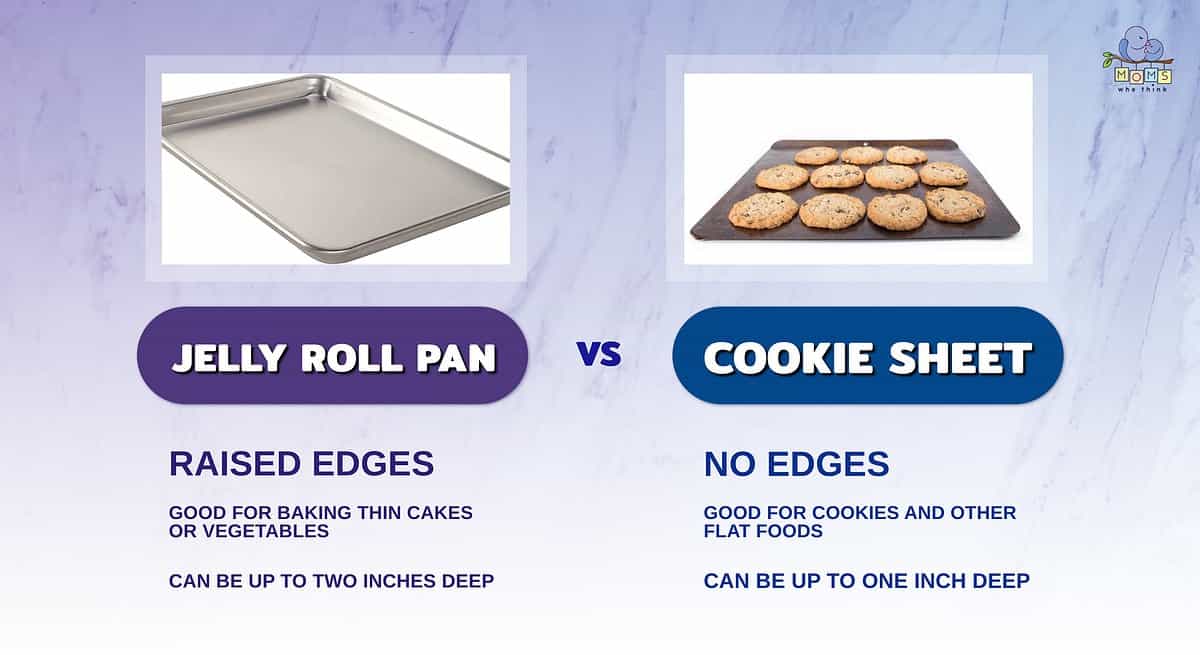
- The raised edges of a jelly roll pan make it more versatile than a cookie sheet. Having one on hand is a great idea if you plan to do a lot of baking.
- Jelly roll pans are best for baking thin cakes or vegetables, since the raised edges won't allow the batter or juices to pour off the sheet. Cookie sheets are best for flat foods, such as cookies or even bacon.
- Jelly roll pans tend to be deeper than cookie sheets, by about an inch at most.
When it comes to choosing between jelly roll pans and cookie sheets, it ultimately comes down to your personal preference and the types of recipes you plan to make. Both pans are versatile and useful for a variety of baked goods. Consider the size and material of the pan, as well as any special features you may need for a specific recipe. By keeping these factors in mind, you can make an informed decision and choose the best pan for your baking and cooking needs.
In conclusion, both jelly roll pans and cookie sheets serve important roles in the kitchen. While they may look similar, understanding their differences is crucial to achieving the best results. Whether you're an experienced chef or a beginner in the kitchen, knowing the advantages and disadvantages of these pans will help you make an informed decision when choosing the right pan for your dish.
Frequently Asked Questions
What is the difference between a jelly roll pan and a baking sheet?
A jelly roll pan is a type of baking sheet that is typically smaller and has a higher rim. It holds batter or dough for baking jelly rolls, cakes, and roasting vegetables and meat. In contrast, a baking sheet, also known as a cookie sheet, is often larger and has a lower rim. It is for baking cookies, biscuits, and other flat items.
Can I use a jelly roll pan in place of a cookie sheet?
While it is possible to use a jelly roll pan in place of a cookie sheet, it may not be the best choice. Since jelly roll pans are smaller and have a higher rim, they may not allow enough air circulation for cookies to bake evenly. Additionally, the high rims can make it more difficult to remove cookies from the pan.
Can I put a jelly roll pan in the dishwasher?
Most jelly roll pans are aluminum or stainless steel and are dishwasher safe. However, it is best to check the manufacturer's instructions before placing the pan in the dishwasher, as some materials may be more prone to damage or discoloration.
What is the best material for a jelly roll pan or cookie sheet?
The best material for a jelly roll pan or cookie sheet depends on your personal preference and the intended use. Aluminum is a popular choice for both types of pans because it is durable, lightweight, and conducts heat well. Stainless steel is also a good choice, as it is sturdy and resists rust and corrosion. Non-stick coatings can make cleanup easier, but may not be ideal for high-heat baking.
Why not try one of these tasty recipes:
Print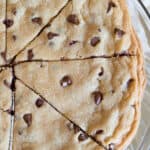
Giant Cookie Pizza
Description
Who doesn't love a good cookie? Even better, who doesn't love a yummy cookie in giant form? This cookie is both delicious AND the size of a cake platter! It is so easy to make and makes a great neighbor gift or can be a gift for your child's teacher.
Ingredients
- 1/2 cup white sugar
- 1/2 cup packed light brown sugar
- 1/2 cup butter, melted
- 1 egg
- 1/2 teaspoon soda
- 1/2 teaspoon salt
- 1/2 teaspoon vanilla
- 1 1/2 cup flour
- Heaping 1/2 cup chocolate chips, M&M's, or whatever candy you desire
Instructions
- Preheat the oven to 350 degrees
- Cream together the butter and sugars, mix in eggs, and vanilla.
- Next, add in the flour, salt, and baking soda. Then fold in the chocolate chips and candies.
- Refrigerate the dough for at least 1-2 hours. This allows the melted butter to firm up a bit. If you skip this step it may cause your cookie dough to spread a bit too much during baking.
- Use a silicone baking mat and press the cookie dough into a 9 inch circle and about 1/2 inch thick. The cookie will expand/spread a bit while cooking so don't spread out too thin.
- Bake for 13-16 minutes or until the cookie is a light golden brown. Do not remove the cookie from the baking mat until it is completely cooled.
- Add additional toppings if desired and cut into pizza slices.
